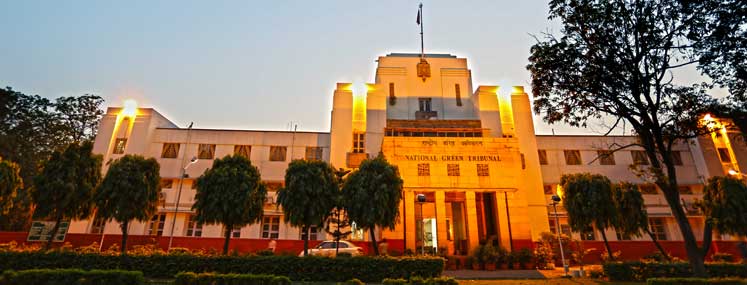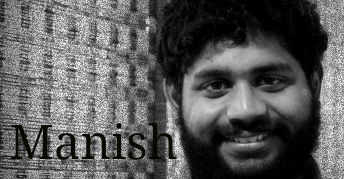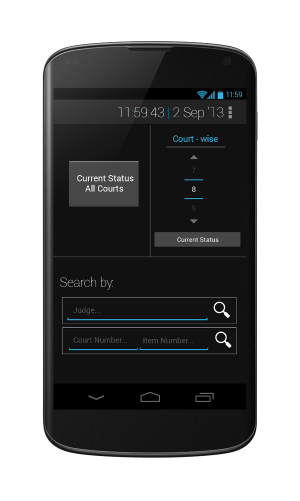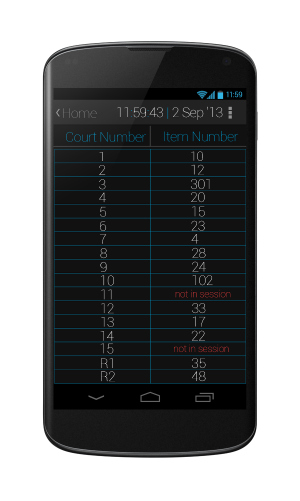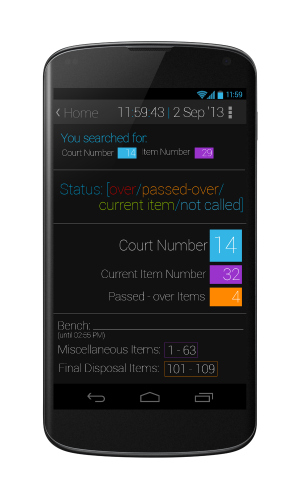 Among the many tribunals established during the last decade, the National Green Tribunal (“NGT”) is the one that is most often in the news these days. Set up in 2010 by the National Green Tribunal Act, 2010, its main purpose was to provide for the effective and expeditious disposal of cases related to the environment.
Among the many tribunals established during the last decade, the National Green Tribunal (“NGT”) is the one that is most often in the news these days. Set up in 2010 by the National Green Tribunal Act, 2010, its main purpose was to provide for the effective and expeditious disposal of cases related to the environment.
After several initial hiccups, lack of infrastructure, and constitutional challenges (which remain pending), the NGT has become rather active over the last couple of years. Many of its orders, including the one banning vehicles that are more than 15 years old, have a massive impact on society, both in terms of employment losses and pollution control.
Like most other tribunals constituted over the last decade, the NGT too is poorly designed and there is enough evidence to believe that it may be doing more harm than good. One of the many reasons for questioning the effectiveness of the NGT is the fact that its jurisdiction, both territorial and subject-matter, fails to properly ensure affordable access to justice for citizens across India.
The seat of the NGT is the first issue. According to the website of the NGT, “New Delhi is the Principal Place of Sitting of the Tribunal and Bhopal, Pune, Kolkata and Chennai shall be the other four place of sitting of the Tribunal.” This is quite pathetic given that the subject matter jurisdiction of the NGT covers environmental law across a country so vast that it is classified as a sub-continent.
When the Law Commission originally studied the issue of ‘Environmental Courts’ in its 186th Report, it had recommended having one environmental court in every state and had counselled against the “Government’s proposal of a single appellate Court at Delhi, which will be beyond the reach of affected parties.” For reasons that are not clear, the government completely ignored this and focussed the resources of the newly created NGT to Delhi, with a promise to allocate resources to four more locations.
The NGT’s subject matter of jurisdiction is another issue. As of now, the NGT has both appellate powers and original powers. Its appellate powers are exercised against orders passed by statutory authorities under various environmental legislation such as the Air Act and the Water Act. In pursuance of its original powers, the NGT can award damages for death or injury to any person or property if the same has resulted from “an accident or the adverse impact of an activity or operation or process”, under any of the special environmental legislation specified in Schedule I of the NGT Act. While consolidating the appellate power in the tribunal is not per se problematic, concentrating all powers to grant damages under environmental legislation with the NGT alone is a recipe for throttling access to justice because Section 29(2) of the NGT Act, 2010 completely bars the jurisdiction of civil courts in all such matters. In its report, the Law Commission had very rightly argued against such an approach.
The plaintiff should have the option of choosing between an ordinary civil court or a specialist forums such as the environmental court, the Law Commisson had argued. “As of now, for example, if a chimney in a neighbour’s house is releasing polluted air or a small sewage channel from one house or land is creating pollution to a neighbour’s house or land, parties in villages are able to approach the nearest munsif Courts which are quite accessible to these villages. If we oust the jurisdiction of these Courts, villagers cannot be expected to go all the way to the seat of the Environment Court for each adjournment and contest the same.”
Not only did the Central Government not accept the Law Commission’s first recommendation of having environmental courts in each state, it also ignored the second recommendation of allowing citizens to choose between civil courts and a specialist court. As a result we have a situation today where the jurisdiction over environmental matters, which was previously spread across the high courts and the civil courts in the country, is now concentrated with a single tribunal, one that is barely able to sit in five different cities across the entire country.
A corollary of such an arrangement is that environmental jurisprudence is now concentrated with just seven judges. This is not necessarily good news because such an arrangement vests too much judicial power in the hands of only a few judges.
The NGT is a perfect example of how the executive has botched up yet another tribunal and how the Supreme Court has done little to step in and remedy the situation.
(Prashant Reddy is a Delhi-based intellectual property lawyer.)

